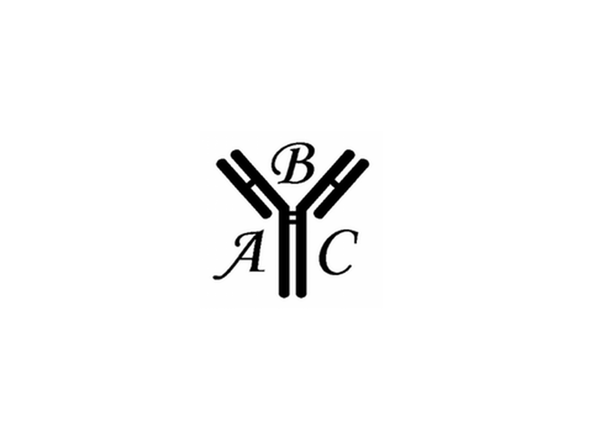Description
HRP-conjugated Goat Anti-Human Apolipoprotein AI | ABMC-H03
| Host Species: | Goat |
| Concentration: | 1 mg/ml (OD 1.35 / 280 nm) |
| Antigen: | Human Apolipoprotein AI |
| Purification: | Affinity purified |
| Buffer: | 50 mM PBS, 0.1 M NaCl, and 0.01% Thiomersal, pH 7.4. |
| Specificity | Specifically binds to human apo AI. Dilution for immunoblot and ELISA range: 1,000 to 8,000. |
| Use: | The antibody can be used for detection of apo AI in plasma and lipoproteins, immunoassays, immunoblots, enzyme conjugation, or biotinylation. |
| Storage: | -20°C for long-term storage, 4°C for short- term storage. Aliquot to avoid repeated freezing and thawing. |
| Form: | Freeze dried powder |
| Stabilizer: | 10 mg / ml Bovine Serum Albumin. |
|
Reconstitution and Storage: |
Freeze-dried product should be stored refrigerated until opened. After opening, restore to suggested ml volume with distilled water. If it is not completely clear after standing for 1-2 hours at room temperature, centrifuge the product. It is stable for several weeks at 4°C as an undiluted liquid. Do not use for more than one day after dilution. For extended storage after reconstitution, we suggest aliquot to avoid repeated freezing and thawing; or the addition of an equal volume of glycerol to make a final glycerol concentration of 50%, followed by storage at -20°C. The concentration of protein and buffer salts will decrease to one-half of the original after the addition of glycerol. |
*These products are for research or manufacturing use only, not for use in human therapeutic or diagnostic applications.
IMPORTANCE
Apo AI comprises approximately 70% of the protein moiety in HDL. It is a single polypeptide chain consisting of 243 amino acid residues without disulfide bound and with glutamic acid as the C-terminal residue and aspartic acid as the N-terminal residue. The molecular weight is reported to be 28 kDa (Brewer et al., 1978).
The roles of Apo AI in HDL function include reverse cholesterol transportation, lipid cholesterol binding, lecithin-cholesterol acyl transferase (LCAT) activation, and receptor binding, which is responsible for cholesterol esterification in plasma. Besides participate in cholesterol metabolism, Apo AI and HDL also suppress neutrophil activation, inhibit bacterial endotoxin, induce trypanosomal lysis, and other physiological activities. (Brouillette et al., 2001)
Apo AI levels may be inversely related to the risk of coronary disease. In previous research, Apo AI may affect diet-induced inflammation by either directly or indirectly altering lipid rafts. (Cheng et al., 2012)






